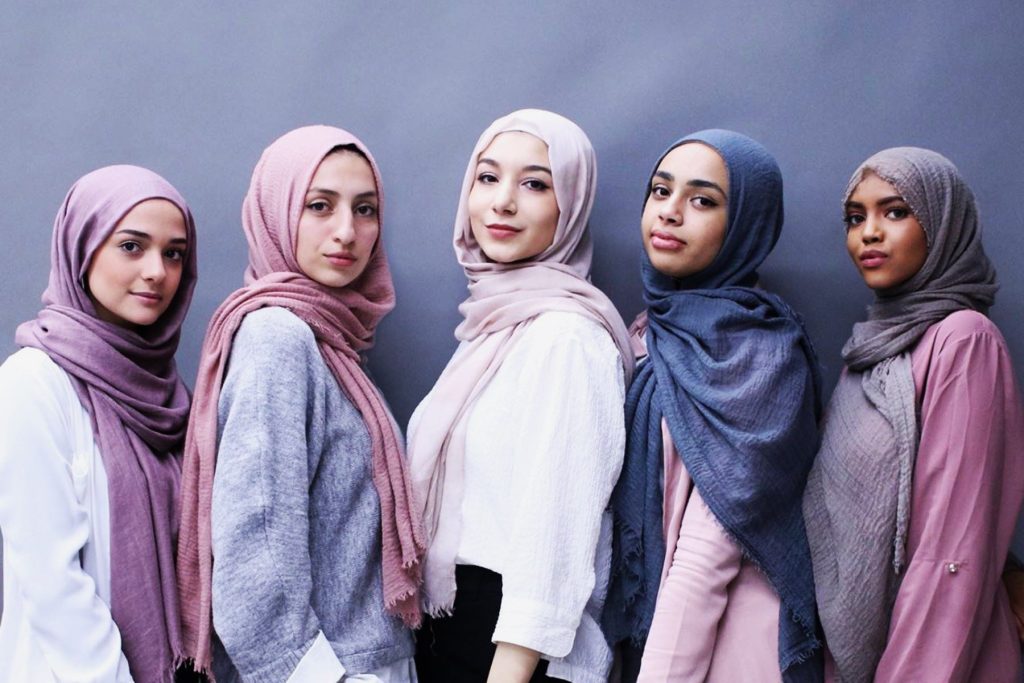In a world brimming with diversity, World Hijab Day stands out as a powerful testament to solidarity, understanding, and respect. Launched in 2013 by Nazma Khan, this annual observance on February 1st transcends mere tradition, inviting people from every corner of the globe to experience a day in the life of a hijab-wearing woman. With roots deeply embedded in the early Islamic community of the 7th century, the hijab is more than just a piece of cloth; it symbolizes modesty, piety, and a woman's devotion to her faith. Yet, despite its rich history and significance, the hijab has often been misunderstood, sometimes even sparking controversy. World Hijab Day aims to dismantle these misconceptions by fostering a world where empathy and solidarity shine brighter than prejudice and ignorance. Through the simple act of donning a hijab, participants, including non-Muslims, embark on a journey of discovery, challenging stereotypes and weaving a tapestry of stories that illuminate the common threads of humanity. This global movement not only celebrates the diversity of Muslim cultures but also champions the cause of interfaith dialogue and community building.
Key Takeaway
Timeline
Day Activities
-
Morning Meet-ups: Kick off World Hijab Day with community gatherings in local parks or community centers. Here, participants can engage in enlightening discussions about the hijab's history, significance, and the personal stories of Muslim women. It's a chance to ask questions, share thoughts, and even learn how to properly wear a hijab.
-
Afternoon Workshops: Dive deeper with interactive workshops led by Muslim women, covering topics from the art of hijab styling to the role of modesty in various cultures. These sessions aim to debunk myths and offer a hands-on experience for those curious about the hijab, fostering a deeper understanding and respect.
-
Evening Solidarity Walks: Cap the day with solidarity walks through major city streets or peaceful marches in local communities. Participants, donning hijabs in unity, can showcase their support and stand against stereotypes and prejudices. It's a powerful visual statement of empathy, solidarity, and community strength, wrapping up the day's activities on a high note.
Interesting Facts
1. Origins in New York
Nazma Khan kickstarted World Hijab Day on February 1, 2013, aiming to foster global understanding.
2. Global Participation
Over 100 countries celebrate, promoting respect for women who choose the hijab.
3. Symbol of Faith
The hijab symbolizes modesty and piety, deeply rooted in Islamic tradition since the 7th century.
4. Breaking Stereotypes
This day challenges misconceptions, encouraging non-Muslims to experience wearing a hijab.
5. Social Media Movement
Participants share their stories using #WorldHijabDay, enhancing interfaith dialogue and empathy.
Why We Love This Day
-
Promotes Understanding and Respect: Who wouldn't want to live in a world where everyone gets along? World Hijab Day is all about breaking down those pesky barriers and showing some love for the hijab, which, for many Muslim women, is a proud symbol of their faith and identity. By inviting folks from all walks of life to step into someone else's shoes—or hijabs, in this case—this day plays a crucial role in fostering a sense of empathy and solidarity. It's a chance to see the world through another's eyes, and hey, that's something we could all use a bit more of.
-
Challenges Stereotypes: Let's face it, stereotypes are like old records that keep skipping, and it's high time we changed the tune. World Hijab Day hits the play button on a new track, challenging the misconceptions and prejudices that swirl around Muslim women who wear the hijab. By encouraging dialogue and sharing stories, this observance helps clear up misunderstandings and shows that, at the end of the day, we're all not so different after all. Plus, it's a powerful reminder that fashion statements can also be statements of faith and identity.
-
Global Movement of Solidarity: Imagine a wave of support and understanding that sweeps across borders, languages, and cultures. That's what World Hijab Day has become—a global movement that unites people from over 100 countries in a shared experience of respect and awareness. Each year, participants don their hijabs, snap photos, and flood social media with their stories, using the hashtag #WorldHijabDay. This isn't just about wearing a piece of cloth; it's about weaving a tapestry of interconnectedness and showing the world that, together, we can make a difference.
Past & Future Dates
| Month | Day | Year |
|---|---|---|
| FEBRUARY | 1 | 2022 |
| FEBRUARY | 1 | 2023 |
| FEBRUARY | 1 | 2024 |
| FEBRUARY | 1 | 2025 |
| FEBRUARY | 1 | 2026 |
| FEBRUARY | 1 | 2027 |
| FEBRUARY | 1 | 2028 |
FAQ
Is February 1st Hijab Day?
Every year on February 1st, World Hijab Day recognizes the millions of Muslim women who choose to wear a hijab. It's also a day to encourage women of all backgrounds and religions to wear and experience the hijab. A hijab is a type of headscarf that also covers the neck.
Why is World Hijab Day celebrated?
World Hijab Day, founded in 2013 by Muslim activist Nazma Khan, is celebrated on Feb. 1 in over 150 countries worldwide. World Hijab Day's website says the holiday is held in recognition of "millions of Muslim women who choose to wear the hijab and live a life of modesty."
What to do for World Hijab Day?
How Can We Participate in World Hijab Day? Females can celebrate World Hijab Day by wearing a Hijab for the day and males can wrap a scarf around their neck to show support and raise awareness. Alternatively, you could make and wear an “I Support The Right Of Hijab” badge or sticker.
Is there a national hijab day?
Since 2013, communities around the world have celebrated World Hijab Day every Feb. 1, supporting Muslim women who choose to wear the hijab and encouraging religious tolerance and understanding of the hijab among non-Muslims.
